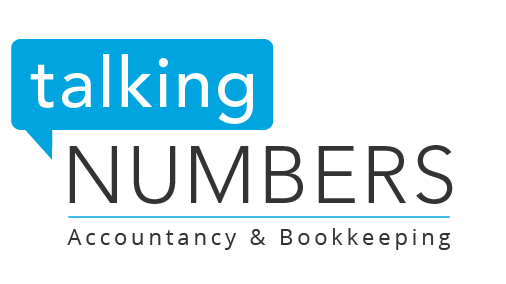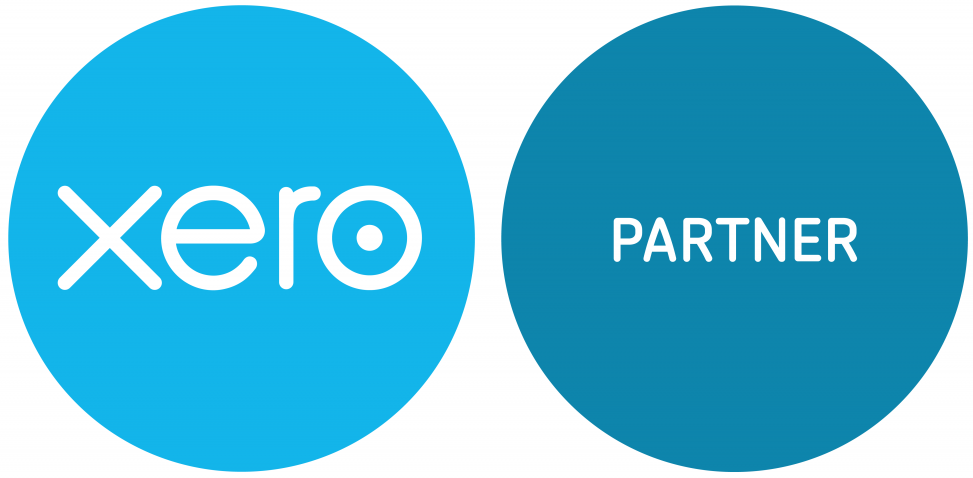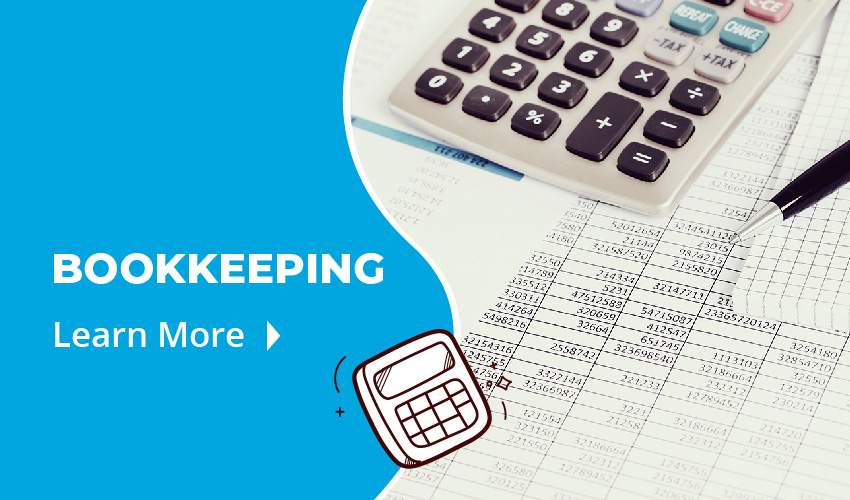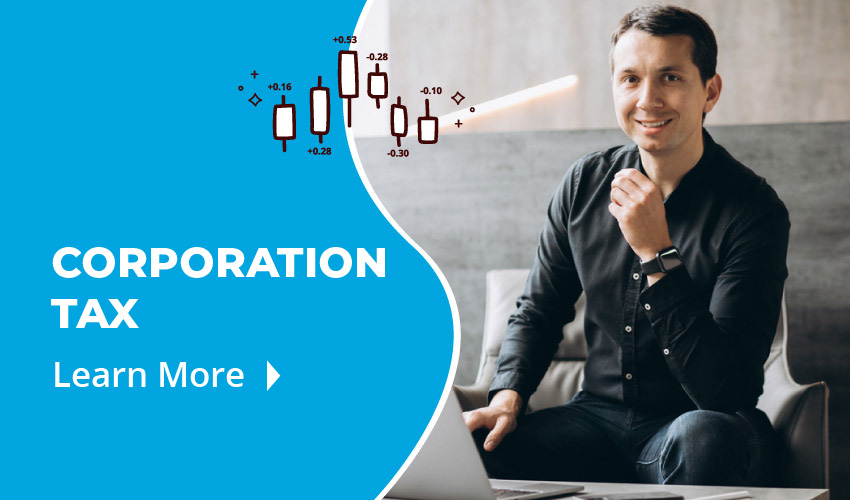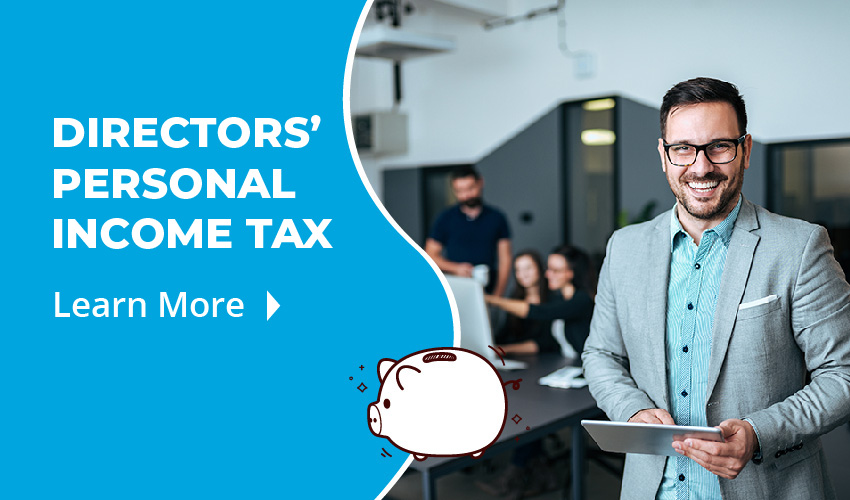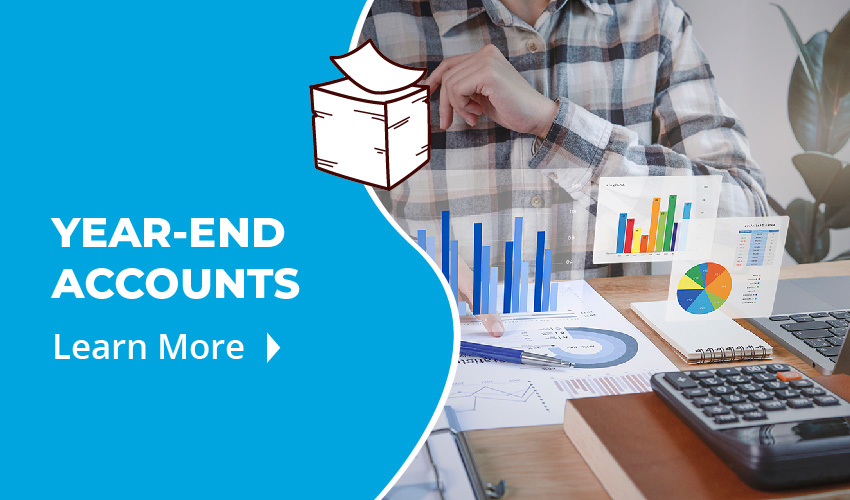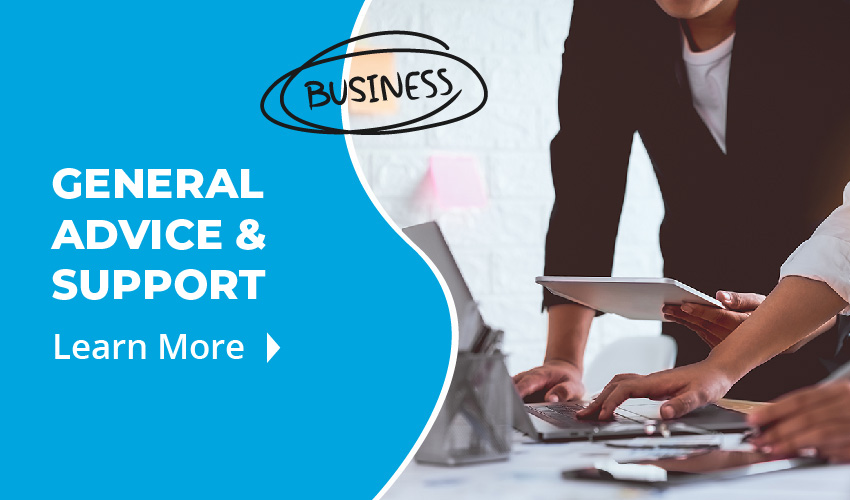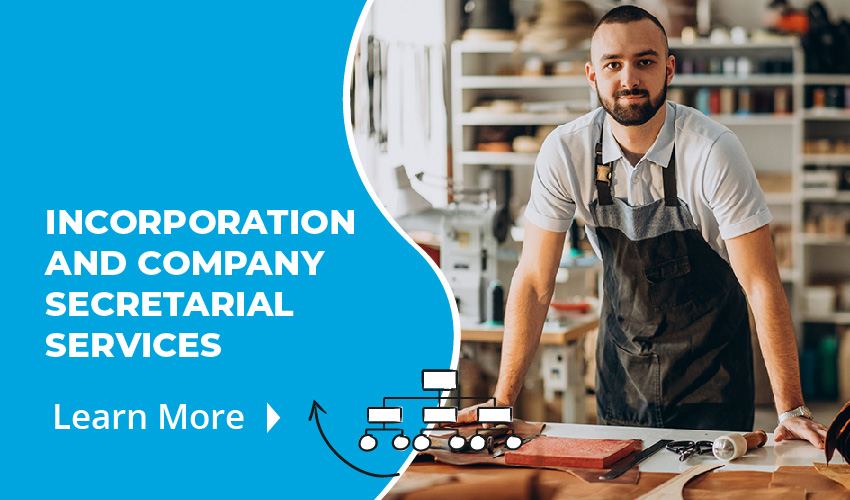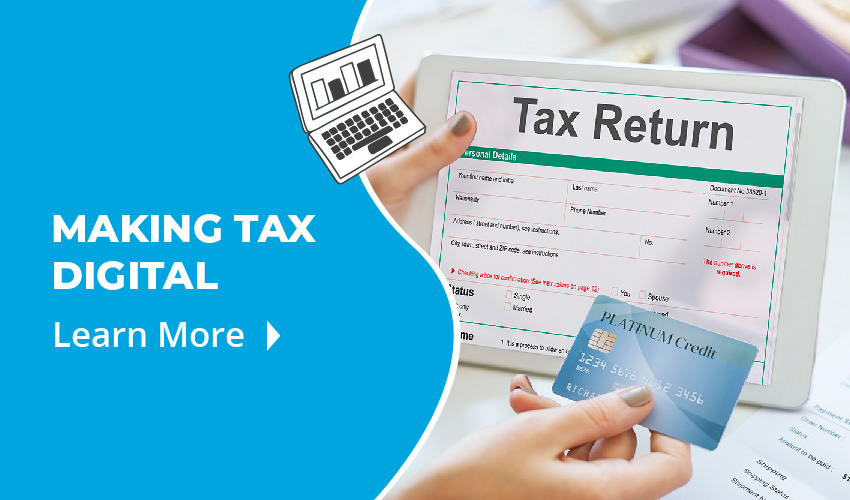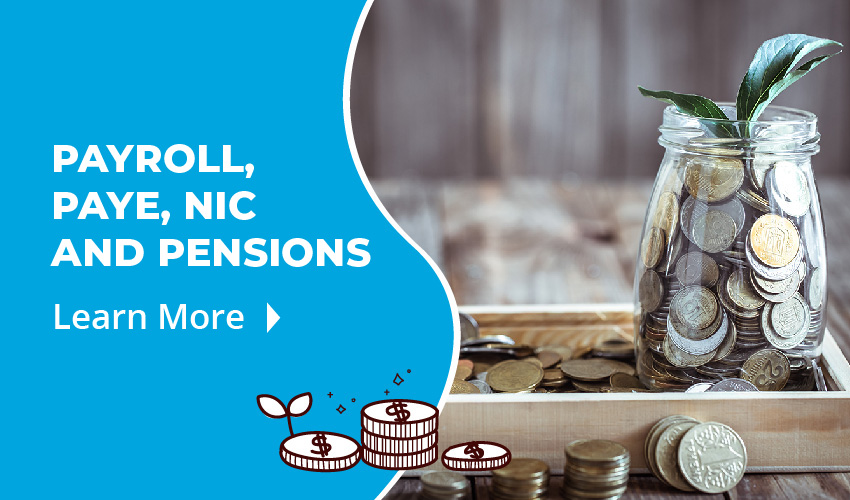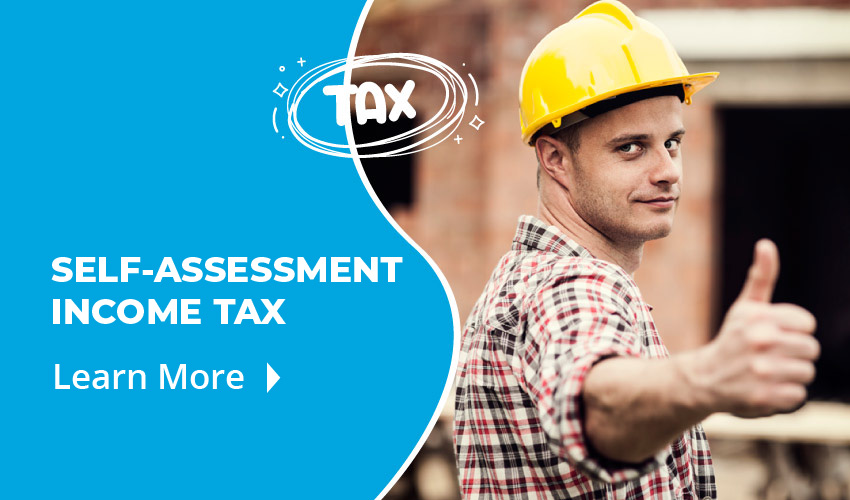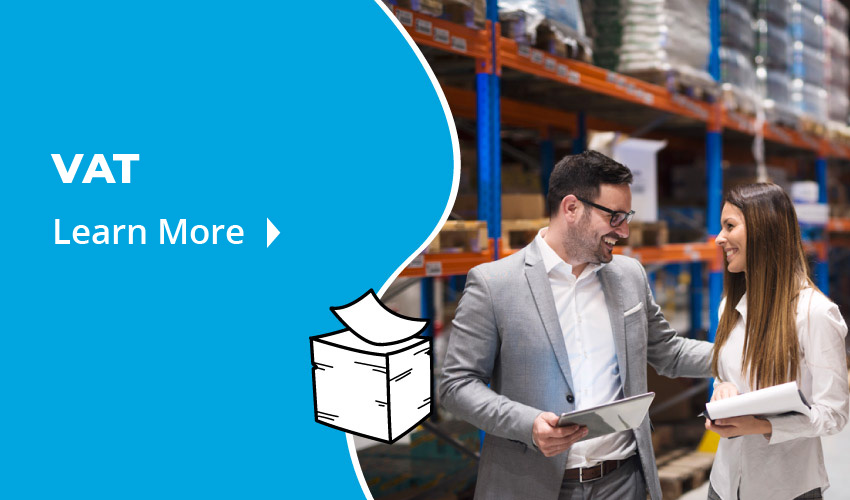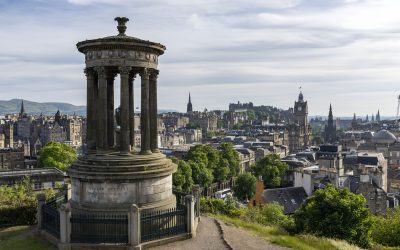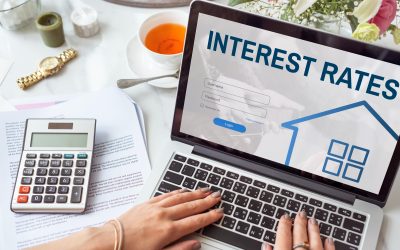VAT is a complex tax, and there are multiple rates of VAT, some of which result in you charging the same amount to a customer. There are some obvious and some subtle differences that you need to know.
Standard rate (20%)
The standard rate of VAT in the UK is 20%. This is applied to the VAT-exclusive price of goods or services to arrive at the total price, including VAT. Most goods and services are standard-rated. If you get a price that includes 20% VAT, you should divide it by 1.2 to get the VAT-exclusive price.
Reduced rate (5%)
The reduced rate is applied to some energy-saving materials, some supplies of electricity and gas, children’s car seats, some construction services and in various other limited circumstances. If you get a price that includes 5% VAT, you should divide it by 1.05 to get the VAT-exclusive price.
Zero rate (0%)
On these goods and services, VAT is charged to the customer, but the rate is 0%. This applies to a range of things, mainly food and children’s clothing. The rules around whether food and drinks should be zero-rated or standard rated are famously complex. You might have heard of the famous Jaffa Cake case. The VAT-inclusive and VAT-exclusive price are the same for zero-rated supplies.
Exempt
Some supplies are exempt from VAT. This means that there is no VAT charged on the supply. This applies to postage services, financial services and insurance.
The difference between zero-rated and exempt might not be obvious at first, but it relates to whether or not a business can reclaim VAT they have been charged by their suppliers (known as input VAT). Businesses who make only exempt supplies cannot reclaim any input VAT they are charged by their supplies. Businesses who make zero-rated supplies can reclaim VAT they are charged. A greengrocer (making zero-rated supplies of groceries) can recover any VAT they are charged on things such as phone bills, advertising and software) but an insurance company cannot, as they are making exempt supplies of insurance.
Outside the scope of VAT
VAT only applies to supplies, and the rules deciding what is and isn’t a supply are complex. You won’t see things like wages, repayment of loans or payments to the DVLA or HMRC on your VAT return because these things are outside the scope of VAT.
Talking Numbers Accountancy and Bookkeeping can help you to understand what this means for you. Tax doesn’t need to be taxing – we can help you understand your numbers and ensure that you are taking advantage of all available reliefs and allowances. Get in touch today for a free, no-obligation consultation.
